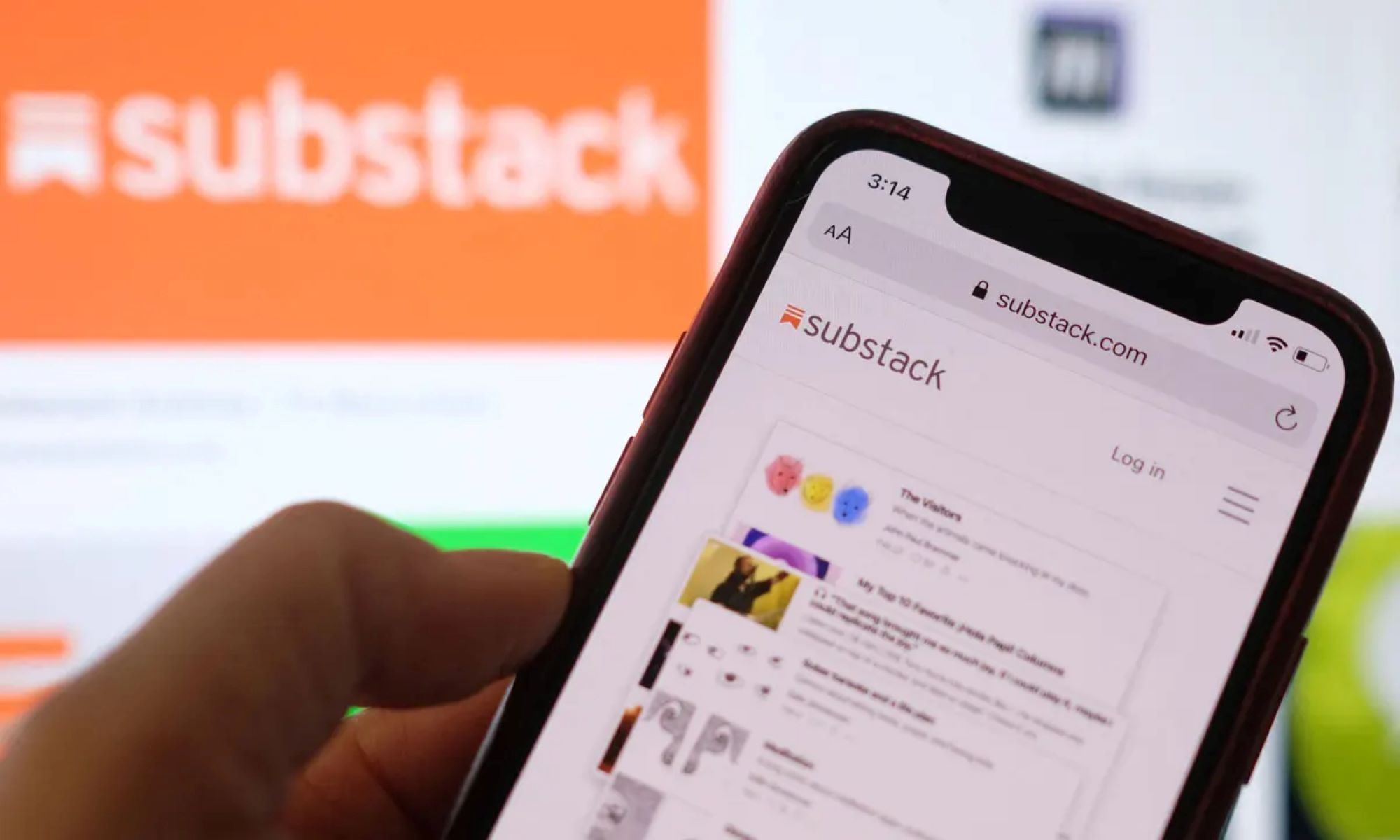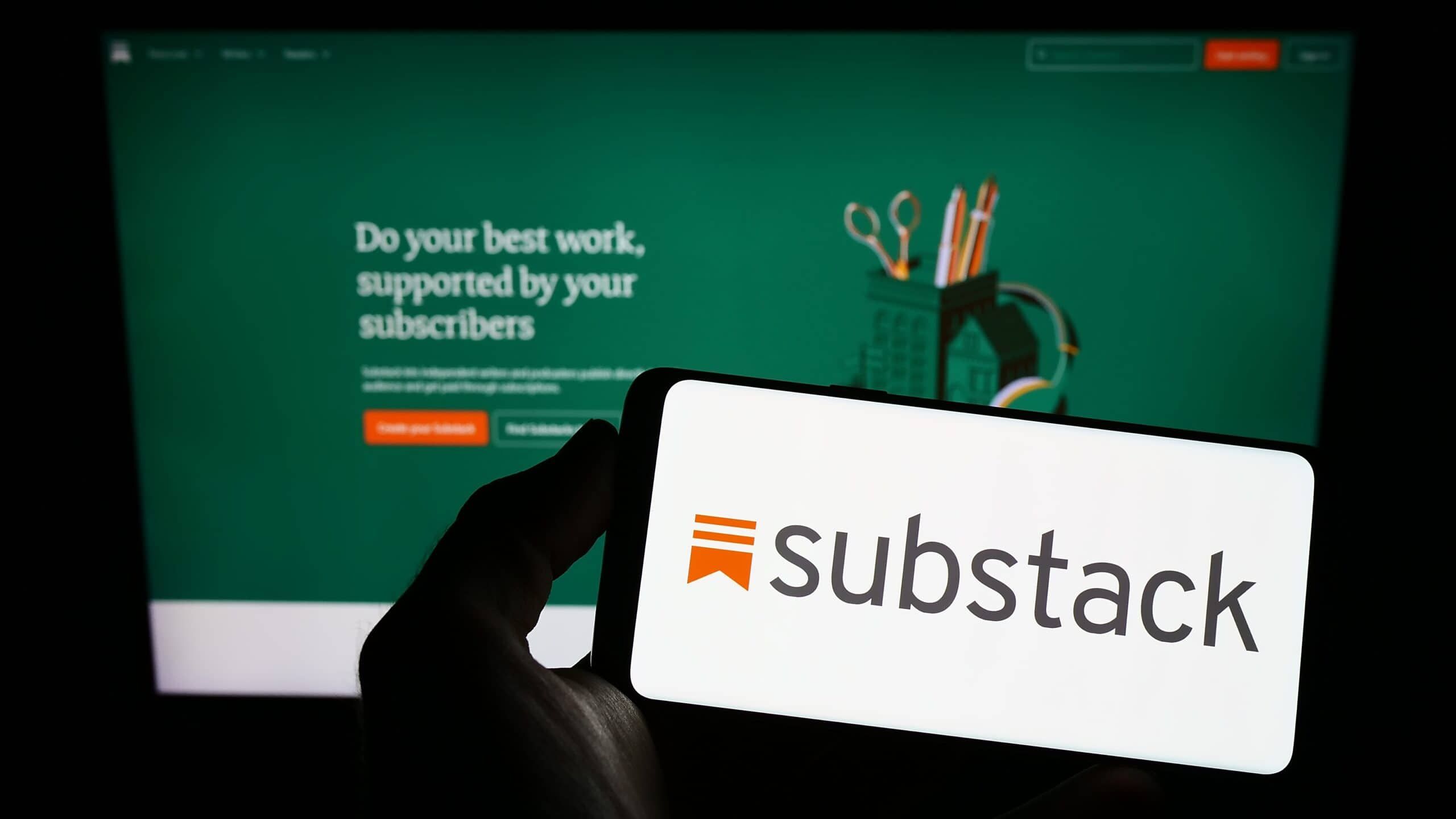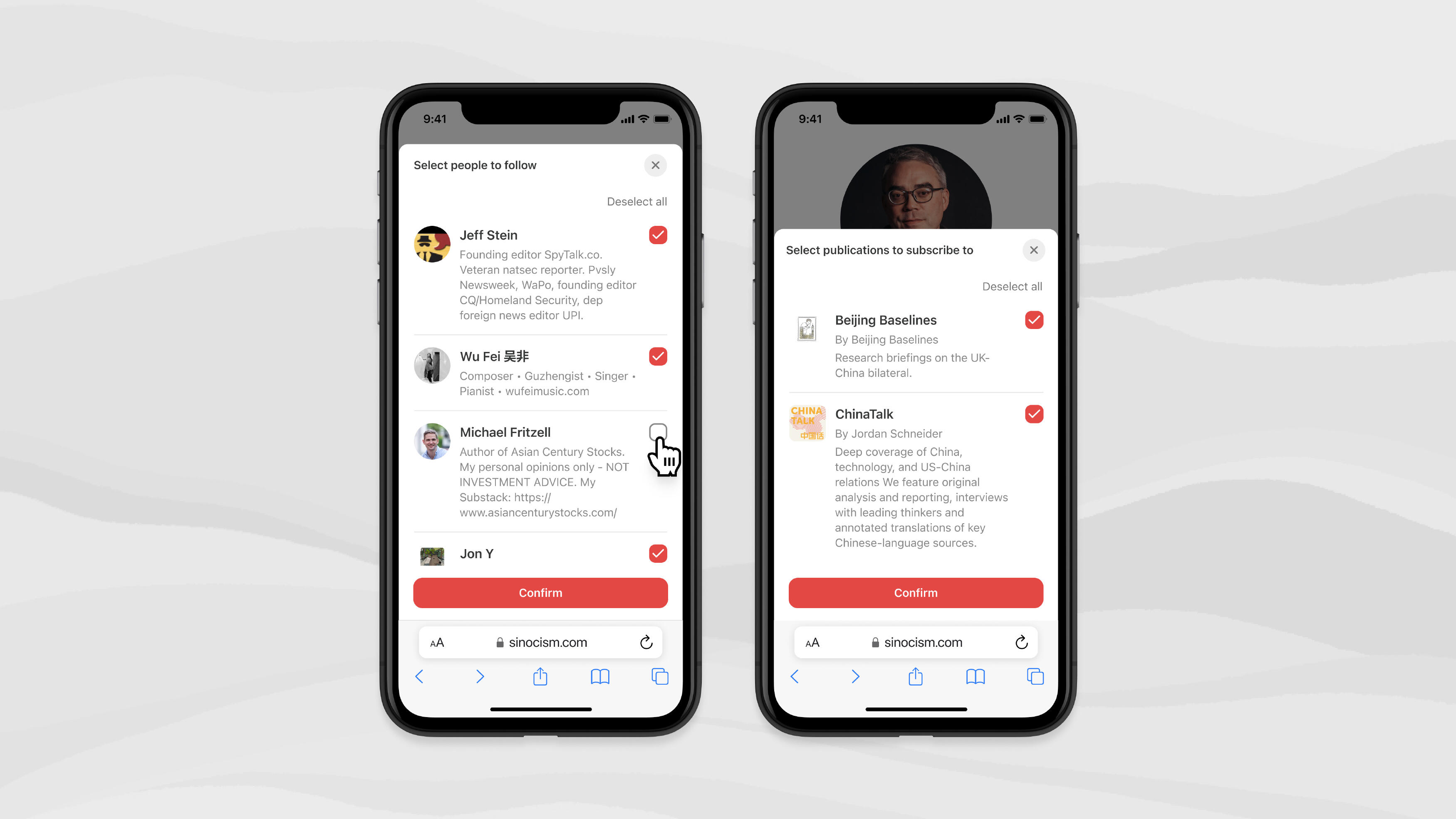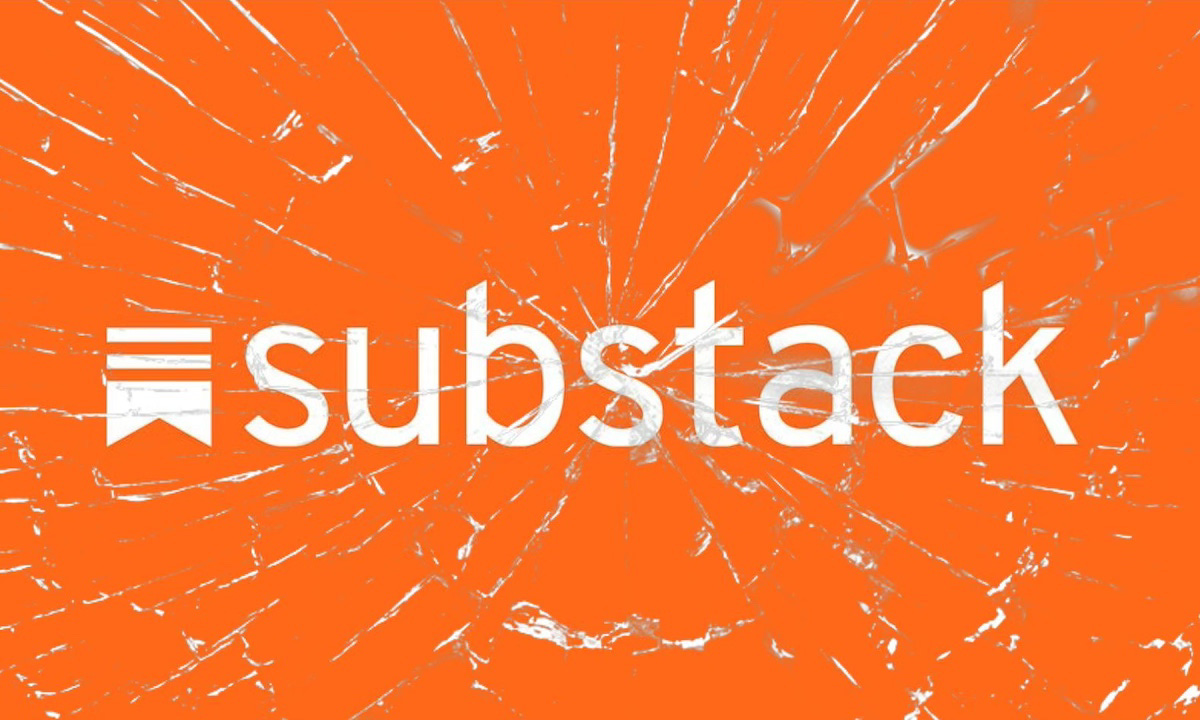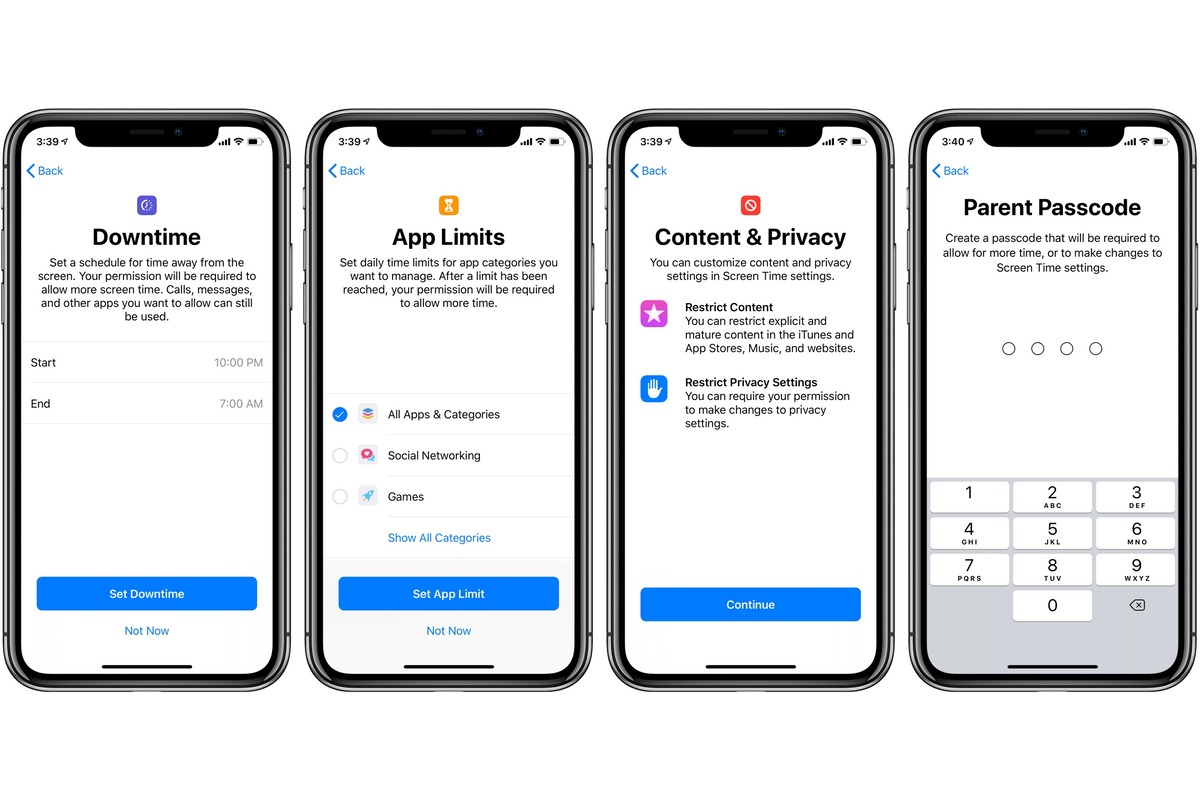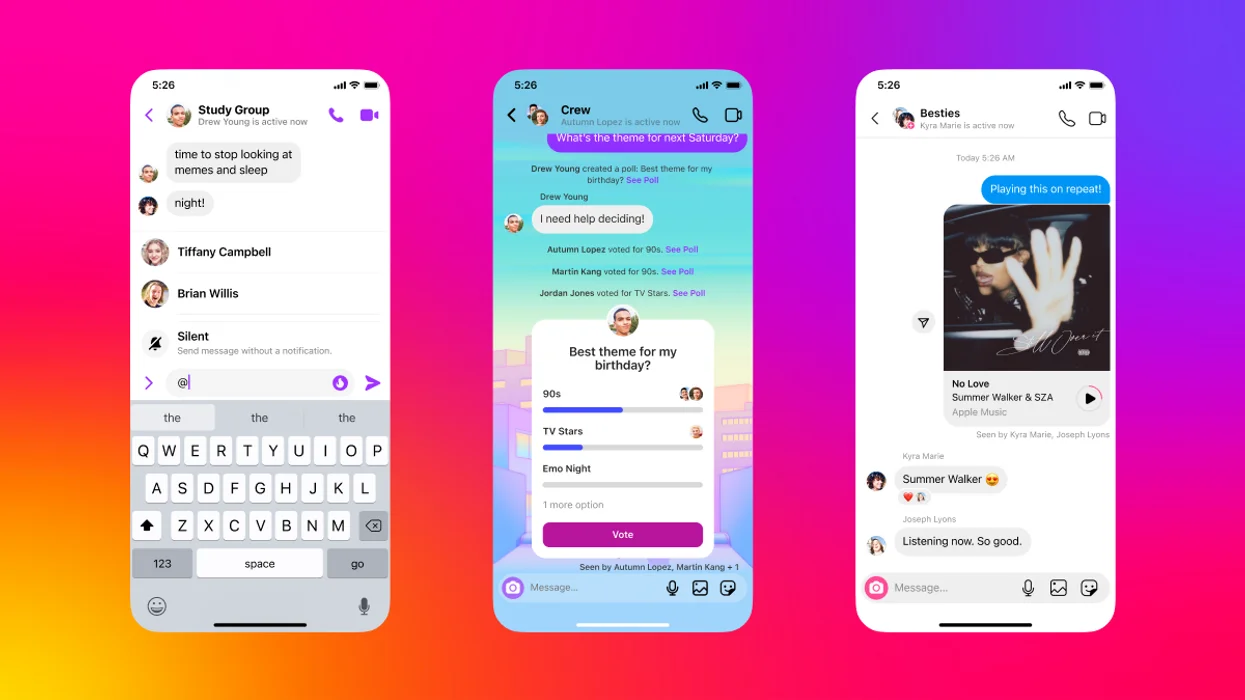Substack, the popular newsletter platform, has announced the launch of a new direct messaging feature, allowing users to engage in private conversations. This latest addition aims to enhance user interaction and community building on the platform.
Key Takeaway
Substack’s introduction of direct messaging reflects its commitment to enhancing user engagement and fostering a sense of community among writers and readers. The new feature aims to facilitate private interactions while also providing customization options for user preferences.
DMs Feature Overview
The DMs feature, accessible through the Chat tab on the Substack app and website, enables users to have one-on-one conversations. By default, users will only receive messages from those they are connected to, with other messages directed to a Requests folder for acceptance or rejection.
User Response and Customization
Substack reports that the introduction of DMs was a highly requested feature, with many users expressing excitement about the announcement. However, for those who prefer not to receive direct messages, Substack offers the option to disable DMs by adjusting settings to “Allow message requests from” to “No one.”
Impact on Writer-Reader Interaction
According to Substack, the DMs feature has been tested with a group of writers, demonstrating its potential to strengthen subscriber loyalty, facilitate connections among writers, and foster reader communities. Additionally, writers can now include a “Send a message” button on their posts to encourage direct communication with readers, enabling activities such as soliciting news tips or collecting questions.
Platform Evolution and Controversy
Substack’s recent updates, including the DMs feature and the peer-to-peer recommendation system, reflect the platform’s transition towards a more social network-oriented model. However, the company has faced controversy, particularly regarding its content moderation approach, following the decision not to ban certain newsletters. This stance has prompted notable writers to depart from the platform.










